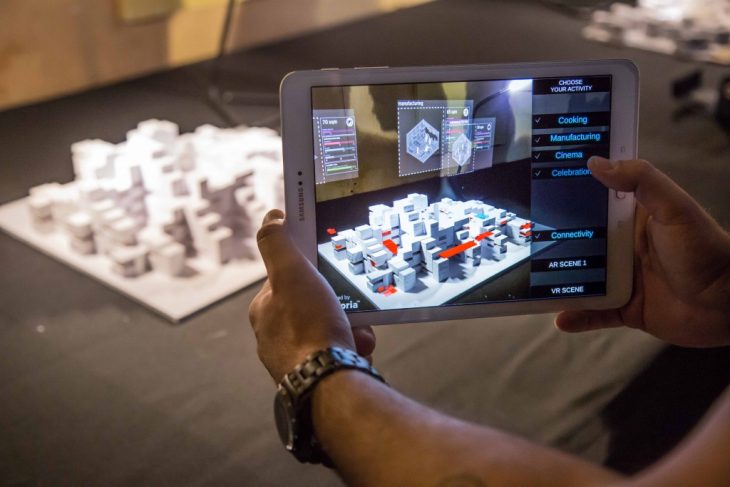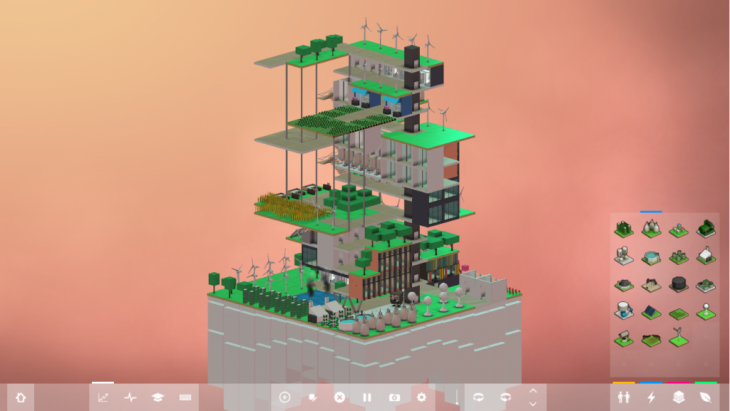Design for the Responsive City
Gaming and Participation
Senior Faculty: Areti Markopoulou
Gaming Designer: Aurel Richard
Faculty Assistant: Marco Ingrassia
If the physical structure and the image of the city have always been based on the technologies of production, communication and representation, how does Information era and communication technologies impact on the process of the design of the city?

Master in City & Technology 2014/15, Adaptive Neighborhood, Faculty: Areti Markopoulou and Bruno Moser, Faculty Assistants: Marco Ingrassia and Angelos Chronis, Students: Mohit Chaugule, Chiara Dall’Olio, Caglar Gokbulut, Rahul Pudale, Chenghuai Zhou
The Technologies of communication and interaction and the internet of things are building a new framework on the physical dimension of the city, that has not yet generated a paradigm shift in the design process of the urban environment. The paradigm of Smart City introduced unprecedented intelligent systems and devices but urban design proposals still rely on top-down process that neglect any users’ engagement while proposing inefficient physical models.
We still design for the people, as we have educated to do, and we consider technologies as a possibility for designing in a more optimized way. At the same time, traditional limitations of how to integrate more actively citizens and communities in the design of their spaces are starting to be defeated by new design tools, highly interactive interfaces and intuitive processes.
Which are the design protocols, that allow the planning of an urban responsive organism, able to adapt and/or interact with its inhabitants? Can we implement such interaction from the very first steps of the design of the built and urban space?
Can we use responsive and gaming technologies for rethinking participatory processes on designing with the people?
The Design for the Responsive city seminar claims an active role for both architects and users as co-designers of new urban relations, behaviours and operations through responsive and gaming technologies.
The Seminar will focus on developing and understanding how gaming technologies and/or Virtual and Augmented Reality can become a tool for the designer for sharing and evaluate the design process through user’s feedback.
The case study of our work will be the Poble Nou Superblock, the first Poble Nou pilot project of an alternative mobility model that liberates space to be used by the public. The first step of the seminar is to simulate in a digital environment the physical space of the Superblock. That simulation will then be inserted in the design of an interface.
The goal of the seminar is to develop a simple user-based gaming interface. Students will be working to define separate elements of the gaming interface that will be used during an experiment on site asking residents and users of the Superblock area to play and interact with it. For the design of the interface students will be defining the creation and building of different simple elements including greenery, energy devices, alternative vehicles, leisure devices and more.
A final survey is the core of the Seminar that will collect the feedback of the users in order to map a series of proposals that will reflect the average wish of the users for the design of their public space.

BLOCKHOOD, PLETHORA
How do we design a game for co-design?
What kind of relations, operations and behaviors should we implement in our design processes?
Gaming Workshop
A short 2 day workshop will be organized with Jose Sanchez, architect, coder and gaming developer, founder of Blockhood.
http://www.plethora-project.com/blockhood/